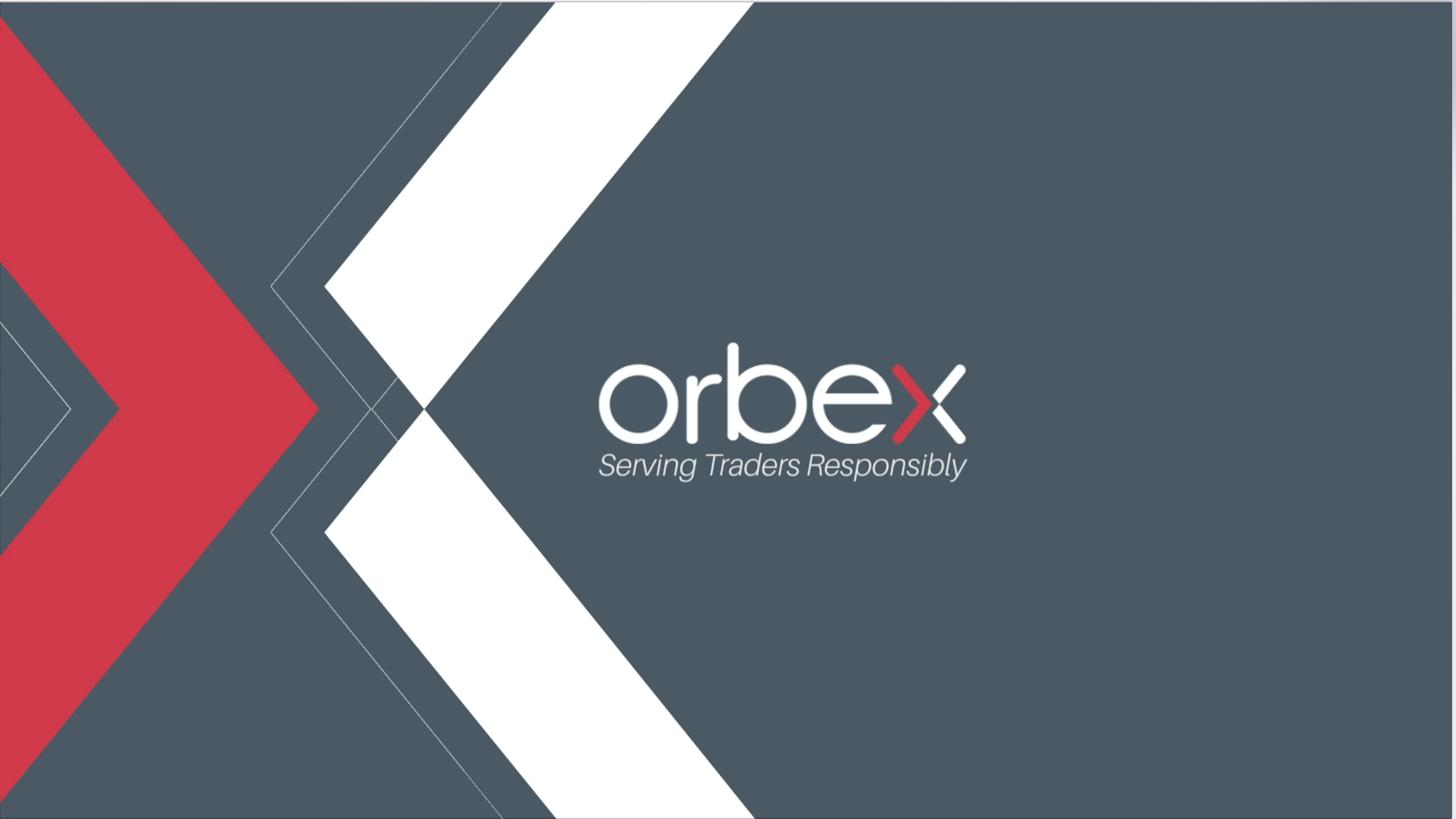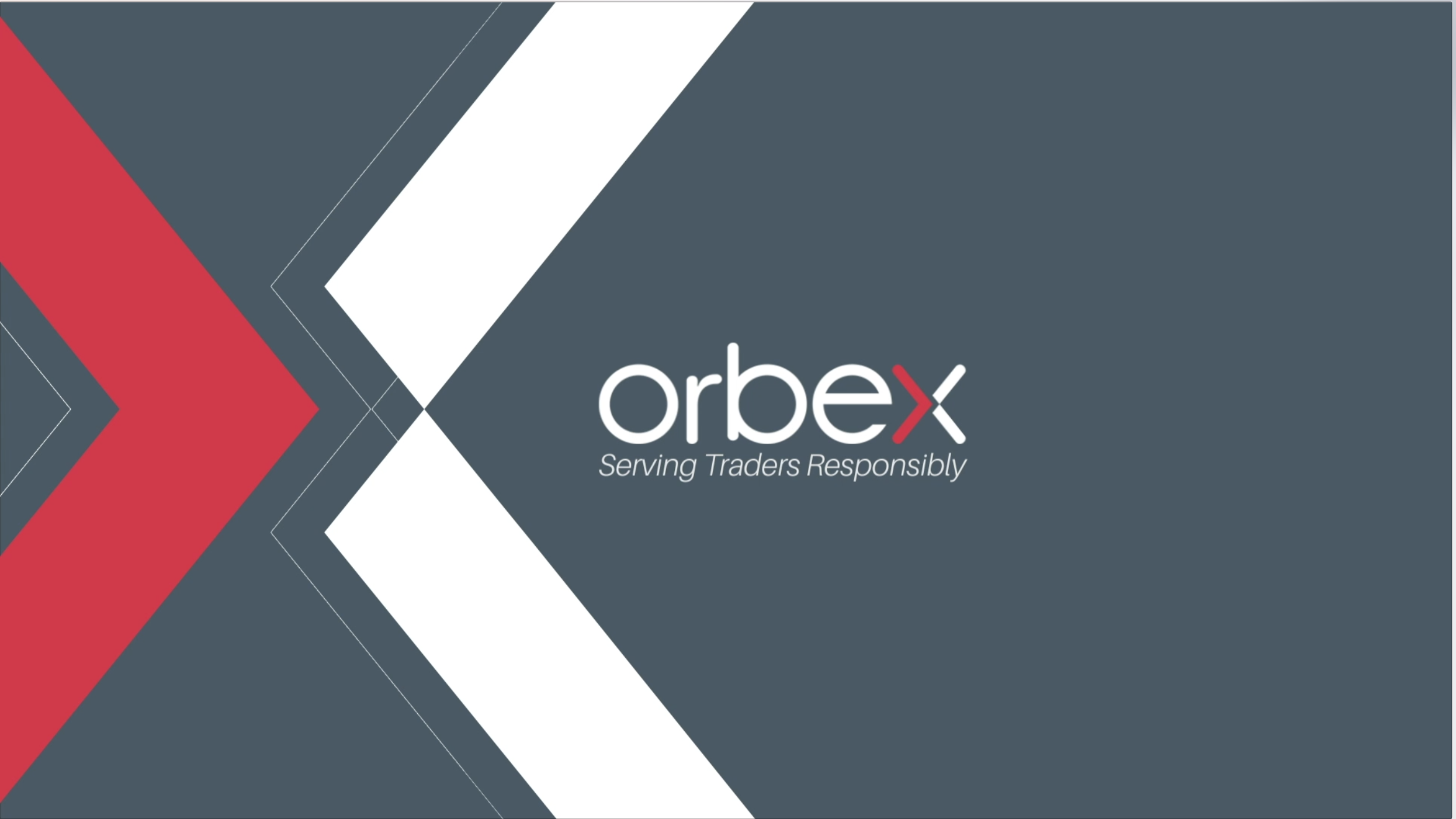BoE rate hike in August expectations turn mixed after jobs and inflation report

The UK currency market was busy last week amid the jobs and the inflation report scheduled over the week. Ahead of the week, investors were expecting to see a healthy pace of increase across the labor market and consumer prices.
UK unemployment rate holds steady at 4.2%
On Wednesday, the UK’s Office for National Statistics released the monthly jobs report showed that the UK’s unemployment rate was steady at 4.2% during the three months ending May. The number of people in work increased to 32.4 million marking a new record.
Wage growth, which remains an important component, showed that annual wages advanced 2.5% in the three months through May. This was slightly slower than a revised 2.6% that was seen in the previous three months ending April.
The number of vacant jobs in the UK was seen rising to record highs last month. The data underpinned the fact that employers in the UK were struggling to fill jobs amid a slowdown in workers coming in from the EU.
The ONS’s report showed that a total of 842,000 jobs were unfilled for the three months ending June. This was the highest level since record-keeping began in 2001.
The sectors struggling to fill vacancies included health care and transportation and the hospitality sector.
The data coincided with a previous report which showed that net migration from the EU fell to 101,000 in the 12 months through December. This was the lowest level seen since five years.
UK inflation rises slower than expected
Inflation in the UK, as measured by the consumer price index was seen holding steady in the month of June. This came amid higher fuel prices which were seen across various other inflation reports from other G7 economies.
Data from the ONS showed that consumer prices in the UK advanced at a pace of 2.4% in June on an annualized basis. Although this is still above the Bank of England’s 2.0% inflation target, the median estimates forecast a 2.6% increase.
June’s increase in inflation was the same pace of price gains seen in the month of May.
Core inflation rate which strips the volatile food and energy prices were seen rising at a slower pace of 1.9%. Not only did the core inflation rate miss the median forecasts of a 2.1% increase, it was also slower than previous month’s 2.1% increase.
Despite the slower pace of increase, the producer prices index data showed that price at the factory gate increased 3.1% on the year in June. This was higher than the previous month’s increase of 3.0%.
The data underlined the fact that price pressures are likely to seep through in the coming months.
“Consumers have been feeling the benefit of the summer clothing sales, and computer game prices have also fallen, however, gas and electricity, and petrol prices all rose, with consumers seeing the highest price at the pump for nearly four years, with inflation remaining steady overall.” ONS Head of Inflation Mike Hardie said.
Following the release of the key indicators, the market expectations turned mixed.
Many expect that the slip in inflation is unlikely to deter the BoE from hiking rates in August, which was initially planned for a rate hike in May.
Still, others expect that the weaker pace of inflation could see the BoE from hiking rates in August as the cost of another delay in rate hike could prove to be minimal.
The Bank of England will be holding its monetary policy meeting on August 2nd with the markets currently split on whether the central bank would hike rates or not.






